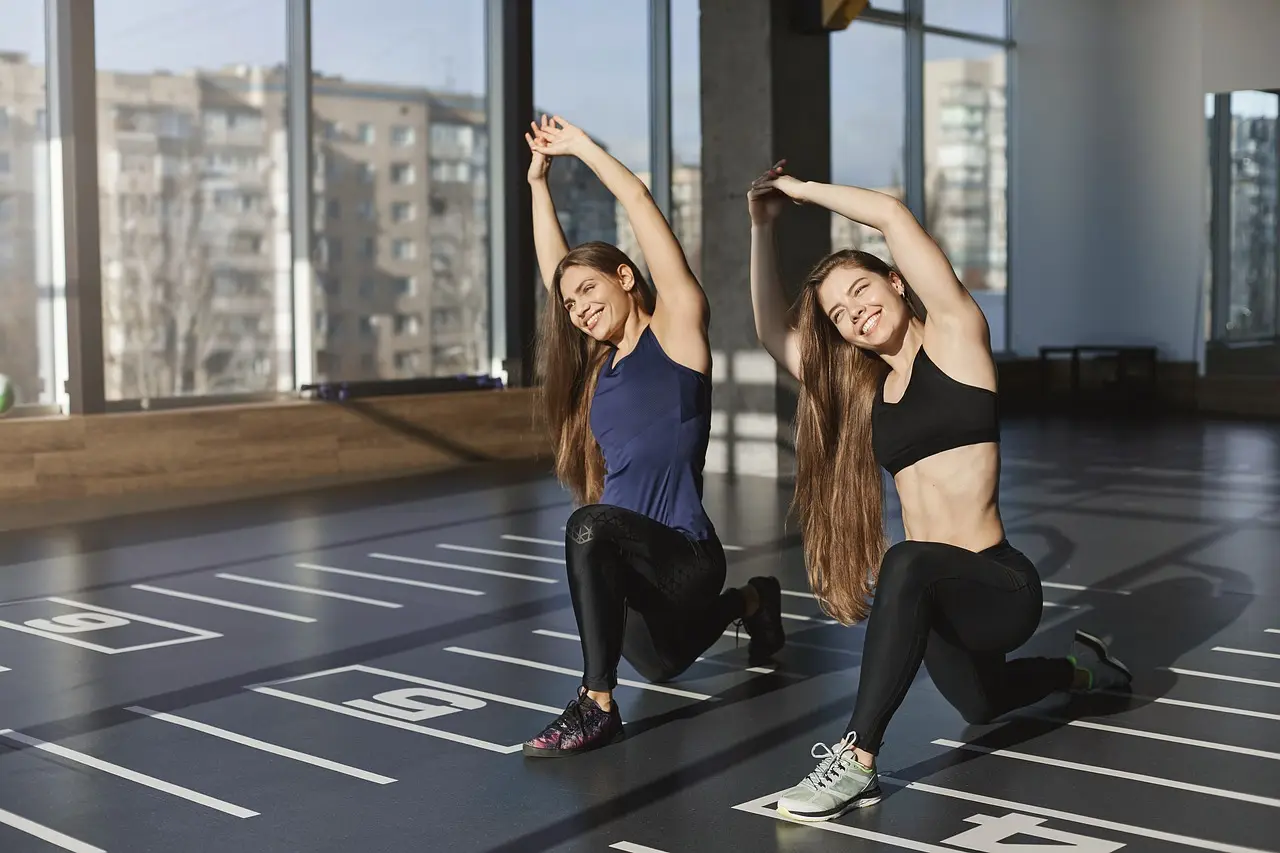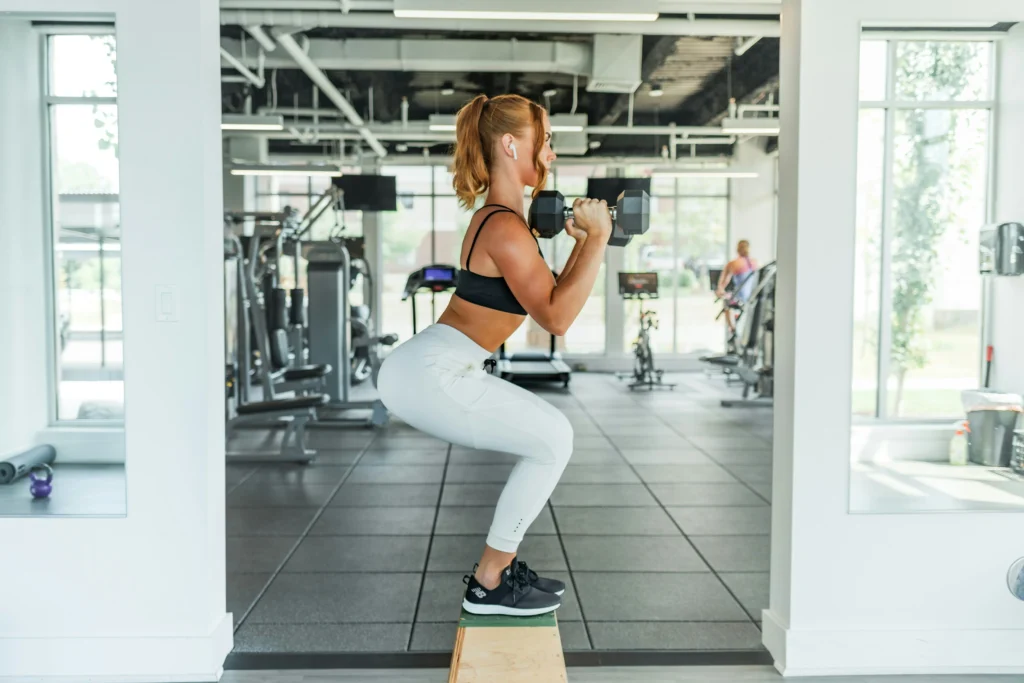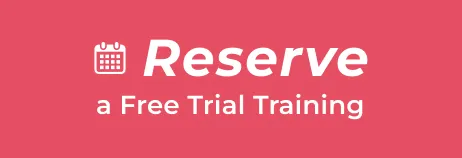
Getting started with fitness can be confusing, especially if you’re new to the gym. If you’re a personal training beginner, you might wonder where to start, what exercises to do, or how to stay motivated.
The good news? You don’t have to figure it out alone. Personal training gives beginners the expert guidance, custom plans, and motivation needed to build strength, improve health, and enjoy the journey.
This guide covers everything you need to know—from benefits and common mistakes to finding the right trainer and sample beginner workouts.
Why Personal Training Is Worth It for Beginners

What Is Personal Training?
Personal training is a one-on-one fitness service where a certified trainer helps guide your workouts. They create a plan based on your goals, fitness level, and body type—whether you’re aiming for weight loss, strength, or just better health.
Avoiding Injury and Confusion
Beginners often feel lost in the gym and risk using poor form. A trainer teaches proper technique, adjusts the intensity, and ensures you’re doing exercises safely and effectively. This lowers injury risk and helps you train with confidence from the start.
Personalized Plans for Better Progress
Instead of random workouts, you’ll follow a structured program tailored to your specific needs. Your trainer selects the right rep ranges, exercises, and routines to match your body and goals, helping you see real progress over time.
Staying Motivated and Consistent
With a trainer, you’re more likely to stick to your plan. Regular sessions keep you accountable, and expert support helps you push through tough days. That consistency is key to building endurance, strength, and a long-term fitness habit.
Common Mistakes Beginners Make (and How Trainers Help)

Starting Without a Clear Plan
Many beginners dive into training without structure. They follow random exercises, not knowing what works best. A personal trainer helps set goals, build routines, and guide your path with purpose.
Poor Form and Technique
Without coaching, form errors are common—and risky. Trainers teach safe movement, proper breathing, and correct posture to keep you injury-free and make each session count.
Ignoring Recovery
Working out every day without rest can backfire. Trainers schedule rest days and monitor your intensity so you recover properly and keep improving.
Unrealistic Goals
Fast fat loss or lifting heavy right away might sound good, but it’s often unrealistic. A trainer keeps your goals smart, safe, and suited to your body.
How to Choose the Right Personal Trainer

Look for Beginner Experience
Choose a trainer who works well with new clients. Ask about their methods and how they adjust for different starting fitness levels.
Check Certifications and Communication
Look for certifications like NASM, ACE, or ACSM. Make sure your trainer explains clearly, listens to your needs, and builds trust—not confusion.
Try a Free or Trial Session
Many gyms or trainers offer one. Use it to see how they assess your level and whether their style suits you.
Watch Out for Red Flags
Avoid trainers who:
- Push unnecessary supplements
- Ignore pain or injuries
- Promise instant results
- Talk more than they listen
Beginner Personal Training Plan Example

Start with Full-Body Workouts
Train 2–3 times per week using full-body workouts. A typical session may include:
- Warm-up (cardio + mobility)
- 3–4 strength moves (squats, rows, presses)
- Short cardio (bike or treadmill)
- Cool down (stretch or foam roll)
Focus on Core Movements
Begin with bodyweight exercises like push-ups, glute bridges, and dead bugs. Keep weights light and focus on form, reps, and safe movement.
Track Progress and Set Goals
Good goals to start with:
- 10 full push-ups
- A 1-minute plank
- 20-minute circuit without restTrainers help you track progress and increase challenge gradually.
FAQs for First-Time Trainees

How Often Should I Train?
2–3 times per week is ideal for beginners. It allows recovery while building consistency and strength.
How Much Does It Cost?
Expect $40–$100 per session depending on location and experience. Online or small-group options can be more budget-friendly.
How Long Before I See Results?
You’ll feel improvements (energy, form, strength) within 4–6 weeks. Visible changes take a little longer—stay consistent and track your progress.
Conclusion
Personal training is one of the best ways for beginners to start working out safely and effectively. With a certified trainer by your side, you’ll avoid guesswork, reduce the risk of injury, and follow a tailored plan designed for your goals and fitness level.
Whether your aim is fat loss, strength, or simply getting healthier, personal training for beginners provides the structure and support you need to succeed.
Your journey doesn’t have to be perfect—it just has to begin. And personal training makes that first step easier, smarter, and more rewarding.
Ready to start your fitness journey the right way?
Visit FitHive Gym to explore beginner-friendly personal training programs, connect with certified trainers, and book your first session today.
Train smarter. Stay motivated. See real results.



 Reserve a Free Trial Training
Reserve a Free Trial Training 